With restrictions on children's TV advertising looming, drinks companies are increasingly flagging health benefits and repositioning brands so they also appeal to an adult audience
Soft drinks companies are big spenders on advertising and marketing. They are the sixth-biggest advertisers in the fast-moving consumer goods sector and their total spend went up 66% last year.
Advertising plays a vital role in making drinks socially acceptable and creating the mystique that makes a brand mean something to consumers. Television is by far the most powerful medium for that advertising, particularly when appealing to young people.
However, soft drinks companies face greater advertising restrictions. Ofcom, the communications industry regulator, published proposals in March to cut the amount of food and drink advertising aimed at children.
One option is to ban advertising for products high in salt, fat or sugar from children's programmes and any programmes that appeal to children under nine.
Another applies the same principle to all food and drink advertising. The third proposes limiting the airtime available to food and drink products when children are most likely to be watching television.
The pervading atmosphere for soft drinks marketing has changed. It is no longer enough simply to do the right thing; manufacturers must also be seen to be doing it. So it is not surprising that brands have been touting their health credentials on packs and in advertising by emphasising things such as the naturalness of ingredients, juice and water content, and the lack of sugar. Others have voluntarily opted out of advertising around children's programming. Some have opted out of children's products altogether.
Ribena repositioned itself as an adult brand last year and is spending £19m on advertising over two years to drive the message home. The move has provoked very different reactions from the trade.
Mintel senior analyst Harry Foster says: "It will be interesting to see if Ribena's huge move works. There will be a gradual erosion [of advertising freedom] and eventually it won't be possible to market to children. There is a big opportunity in adult drinks. Ribena will become one of the long-term winners if it can pull this off."
Vimto brand manager Claire Nield takes a different view. "You've got to be so careful marketing to children these days; there's so much negative press. Media hysteria has driven Ribena down that path."
Ribena marketing category director Anne MacCaig argues that the brand never targeted children, but aimed all its advertising at parents. Far from turning its back on kids, it is seeking to capitalise on the adult market by taking away barriers. In this way, the company hopes a 22-year-old man, for example, will feel as comfortable buying Ribena as a child does.
Ribena's new campaign is the first to emphasise its provenance and product story. It is an irreverent, tongue-in-cheek look at the life of a blackcurrant that, in the best tradition of soft drinks advertising, results in fruit getting squashed.
Nield contends that many of her competitors in the children's market are being scared into positioning themselves as "healthier than you think". She says: "There are so many taking a 'do you realise we contain vitamin C?' approach. It's not motivating, it's not differentiating and fights on a similar platform [to other brands]. Vimto's advertising is quite out there. It is confident, irreverent and fun." The brand's latest advertising continues its Shlurple the Purple campaign with a commercial featuring giant pants.
"Out there" could also be used to describe recent ads for energy drinks. These face fewer constraints by virtue of the fact that they target an older audience and they have used this freedom with gusto.
The launch advert for Sprite 3G, for example, introduces a baby "wrong sprite" goblin.
In the advert, a mother goblin gives birth on the top deck of a bus, firing her offspring at the previously sleepy passenger, while the voiceover announces that a new member of the Sprite family has just arrived.
Equally difficult to ignore is the arrival of the Irn-Bru 32 giant cuckoo, which bursts through a library's walls to offer an exhausted student "pure mental stimulation".
Read more
Focus on Soft Drinks (May 2006)
Soft drinks companies are big spenders on advertising and marketing. They are the sixth-biggest advertisers in the fast-moving consumer goods sector and their total spend went up 66% last year.
Advertising plays a vital role in making drinks socially acceptable and creating the mystique that makes a brand mean something to consumers. Television is by far the most powerful medium for that advertising, particularly when appealing to young people.
However, soft drinks companies face greater advertising restrictions. Ofcom, the communications industry regulator, published proposals in March to cut the amount of food and drink advertising aimed at children.
One option is to ban advertising for products high in salt, fat or sugar from children's programmes and any programmes that appeal to children under nine.
Another applies the same principle to all food and drink advertising. The third proposes limiting the airtime available to food and drink products when children are most likely to be watching television.
The pervading atmosphere for soft drinks marketing has changed. It is no longer enough simply to do the right thing; manufacturers must also be seen to be doing it. So it is not surprising that brands have been touting their health credentials on packs and in advertising by emphasising things such as the naturalness of ingredients, juice and water content, and the lack of sugar. Others have voluntarily opted out of advertising around children's programming. Some have opted out of children's products altogether.
Ribena repositioned itself as an adult brand last year and is spending £19m on advertising over two years to drive the message home. The move has provoked very different reactions from the trade.
Mintel senior analyst Harry Foster says: "It will be interesting to see if Ribena's huge move works. There will be a gradual erosion [of advertising freedom] and eventually it won't be possible to market to children. There is a big opportunity in adult drinks. Ribena will become one of the long-term winners if it can pull this off."
Vimto brand manager Claire Nield takes a different view. "You've got to be so careful marketing to children these days; there's so much negative press. Media hysteria has driven Ribena down that path."
Ribena marketing category director Anne MacCaig argues that the brand never targeted children, but aimed all its advertising at parents. Far from turning its back on kids, it is seeking to capitalise on the adult market by taking away barriers. In this way, the company hopes a 22-year-old man, for example, will feel as comfortable buying Ribena as a child does.
Ribena's new campaign is the first to emphasise its provenance and product story. It is an irreverent, tongue-in-cheek look at the life of a blackcurrant that, in the best tradition of soft drinks advertising, results in fruit getting squashed.
Nield contends that many of her competitors in the children's market are being scared into positioning themselves as "healthier than you think". She says: "There are so many taking a 'do you realise we contain vitamin C?' approach. It's not motivating, it's not differentiating and fights on a similar platform [to other brands]. Vimto's advertising is quite out there. It is confident, irreverent and fun." The brand's latest advertising continues its Shlurple the Purple campaign with a commercial featuring giant pants.
"Out there" could also be used to describe recent ads for energy drinks. These face fewer constraints by virtue of the fact that they target an older audience and they have used this freedom with gusto.
The launch advert for Sprite 3G, for example, introduces a baby "wrong sprite" goblin.
In the advert, a mother goblin gives birth on the top deck of a bus, firing her offspring at the previously sleepy passenger, while the voiceover announces that a new member of the Sprite family has just arrived.
Equally difficult to ignore is the arrival of the Irn-Bru 32 giant cuckoo, which bursts through a library's walls to offer an exhausted student "pure mental stimulation".
Read more
Focus on Soft Drinks (May 2006)



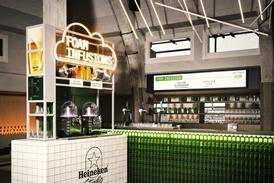
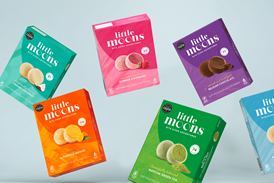




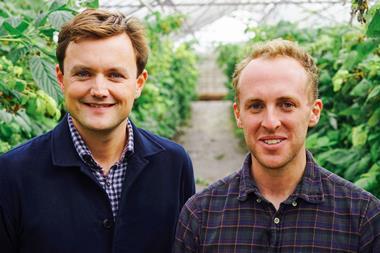
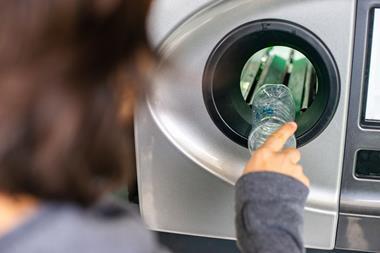
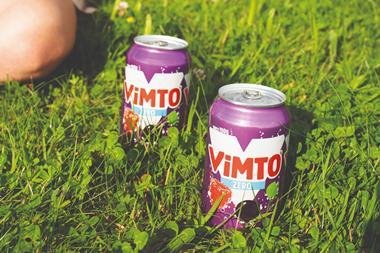


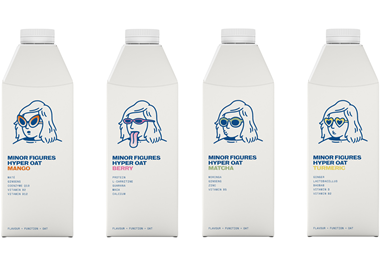
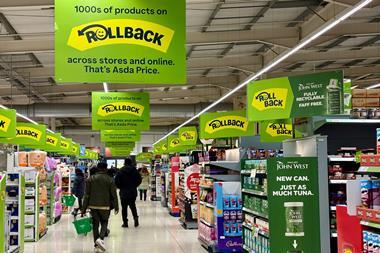
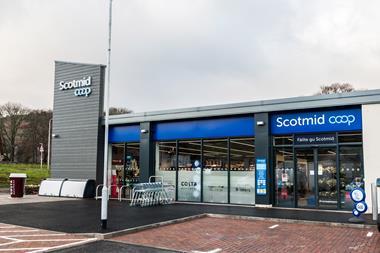
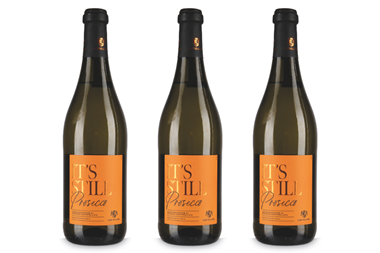
No comments yet